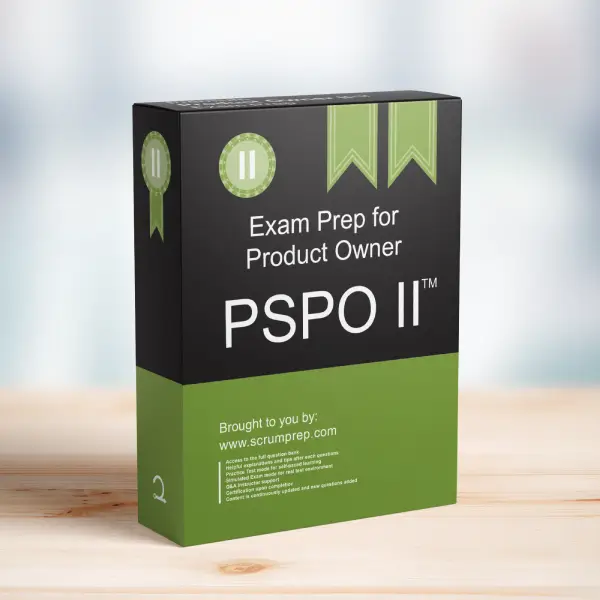Contents of the Sprint Backlog
Understanding what can be included in the Sprint Backlog is essential for effective Sprint planning and execution. This article explores the various components that can be part of the Sprint Backlog.
Exam Question
What may be included in the Sprint Backlog?
(choose all that apply)
A. User Stories.
B. Tests.
C. Tasks.
D. Any additional items which are a decomposition of the selected Product backlog items.
E. Use Cases.
Correct Answers
A. User Stories.
B. Tests.
C. Tasks.
D. Any additional items which are a decomposition of the selected Product backlog items.
E. Use Cases.
Explanation
Correct Answers
A. User Stories:
User stories are a common way to describe product backlog items. They represent small, valuable increments of functionality that can be delivered in a Sprint. Including user stories in the Sprint Backlog helps ensure that work is focused on delivering value to the customer.
B. Tests:
Tests are essential for ensuring the quality and completeness of the work being done. Including tests in the Sprint Backlog ensures that the necessary validation and verification steps are planned and executed within the Sprint.
C. Tasks:
Tasks are detailed steps required to complete a user story or product backlog item. Breaking down user stories into tasks helps the Developers understand what needs to be done and allows for better tracking of progress during the Sprint.
D. Any additional items which are a decomposition of the selected Product backlog items:
The Sprint Backlog can include any items that are a decomposition of the selected Product Backlog items. This may include technical tasks, design work, research, or any other work necessary to complete the Product Backlog items and achieve the Sprint Goal.
E. Use Cases:
Use cases are detailed descriptions of how users interact with a system to achieve a goal. While they are often used for understanding requirements, they can also be included in the Sprint Backlog if they help in the development process. Including use cases ensures that the functionality is well understood and can guide the development work.
Responsibilities in Scrum
- Product Owner: Ensures that the Product Backlog is well-ordered and refined. They collaborate with Developers to select Product Backlog items for the Sprint and define the Sprint Goal.
- Scrum Master: Facilitates Scrum events and helps the team adhere to Scrum principles. They support the Product Owner and Developers in managing the scope and progress of the Sprint.
- Developers: Responsible for creating and managing the Sprint Backlog. They break down Product Backlog items into tasks, tests, and other actionable work to achieve the Sprint Goal.
Relevance to the PSPO II Exam
Understanding what can be included in the Sprint Backlog is crucial for the PSPO II exam. It demonstrates knowledge of effective Sprint planning, backlog management, and the importance of ensuring all necessary work is planned within the Sprint.
Key Takeaways
- The Sprint Backlog can include user stories, tests, tasks, use cases, and any additional items that are a decomposition of the selected Product Backlog items.
- Effective Sprint planning involves breaking down Product Backlog items into actionable work that can be completed within the Sprint.
Conclusion
The Sprint Backlog is a critical component of Sprint planning, ensuring that all necessary work is identified and tracked. For more information on preparing for the PSPO II exam, visit our PSPO II Exam Prep.



